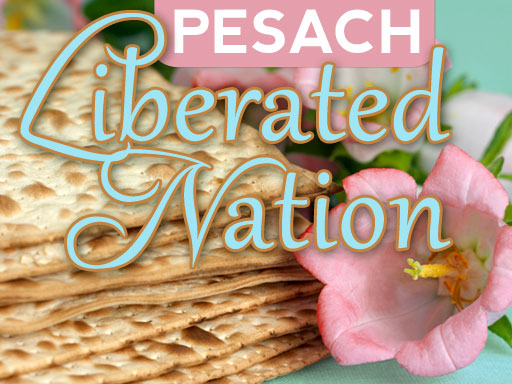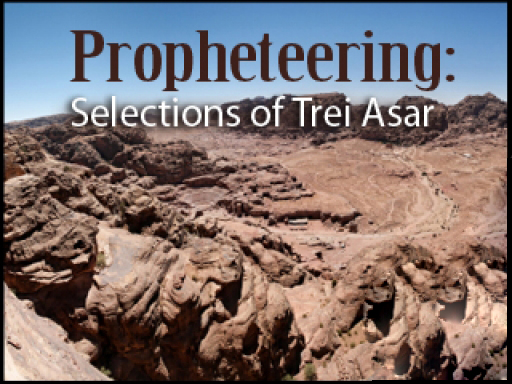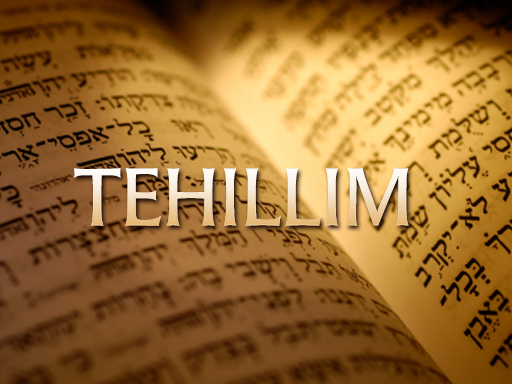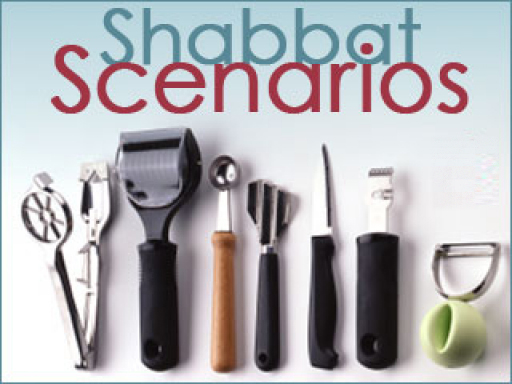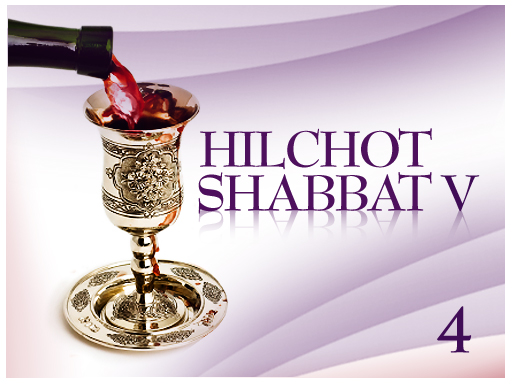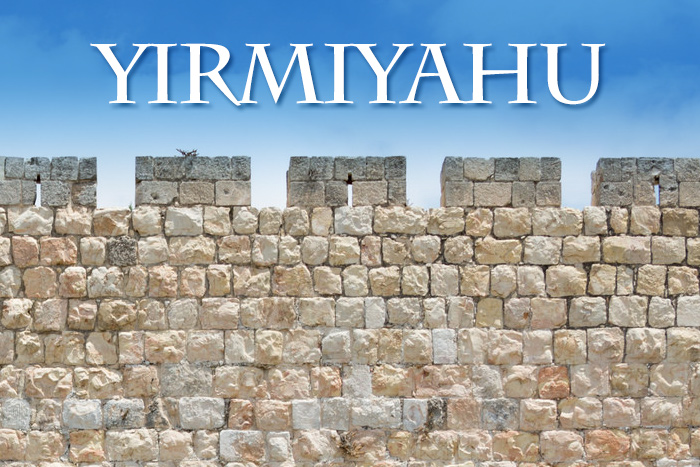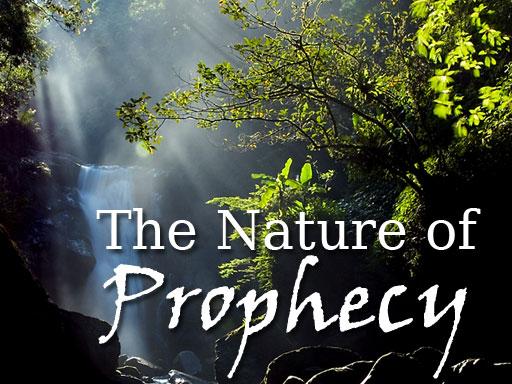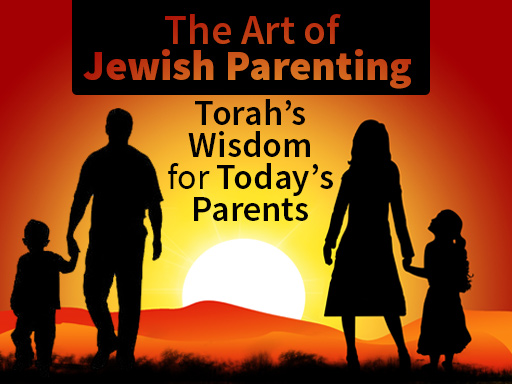Mishnayot Pesachim, Perek Four
Posted onIn this shiur (Torah class), Rabbi Hershel Reichman discusses the fourth Perek of Mishanyot Pesachim in memory of Ro’i ben Yaakov Roth, from Elkanah, Israel, who lost his life at the age of 18 during the terror attack on Yeshivat Merkaz Harav on Rosh Chodesh Adar bet, 5768.


